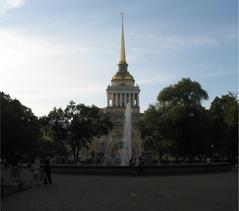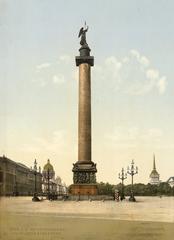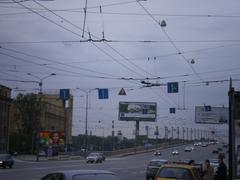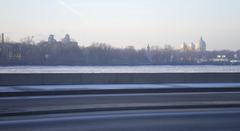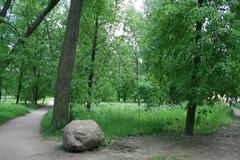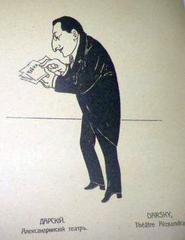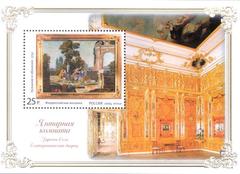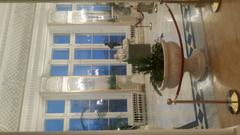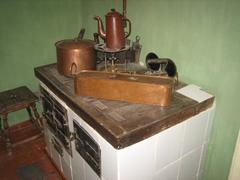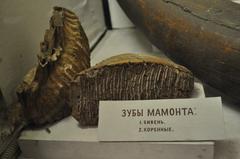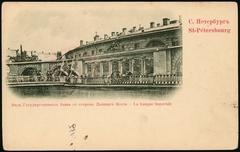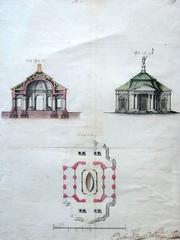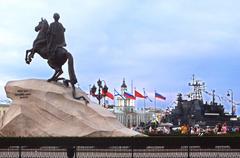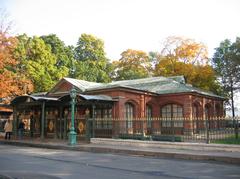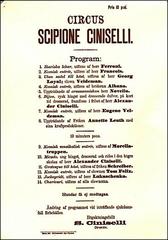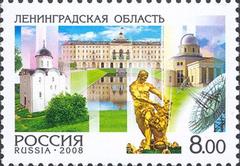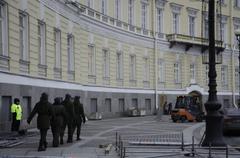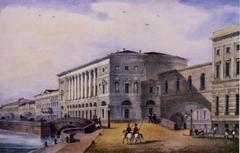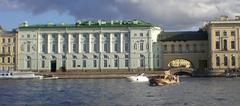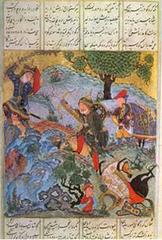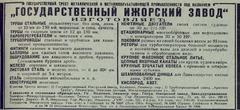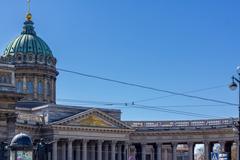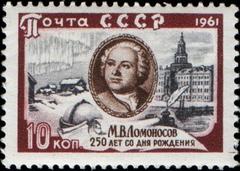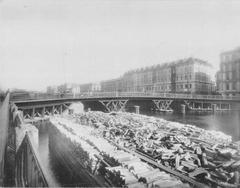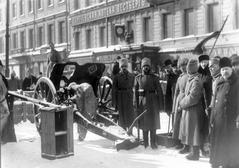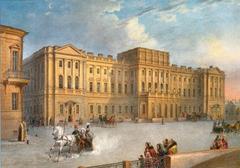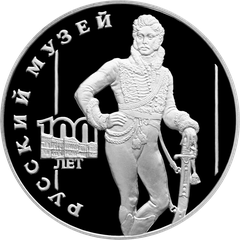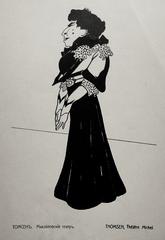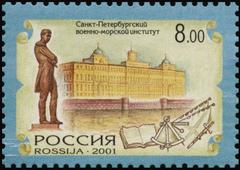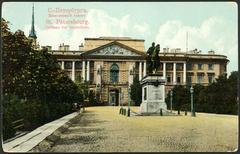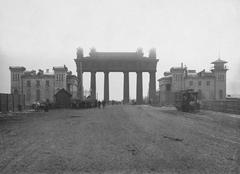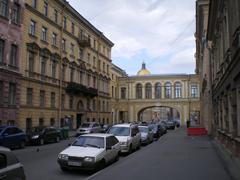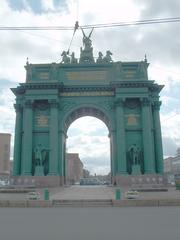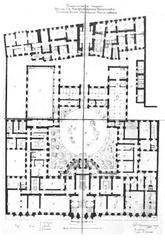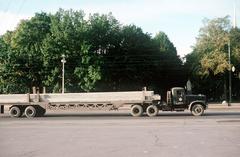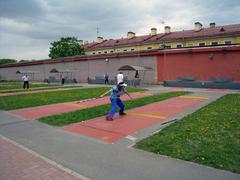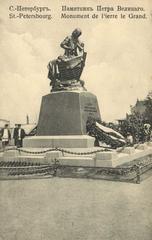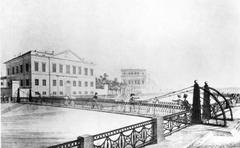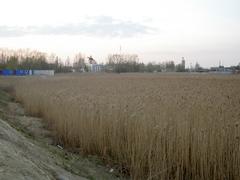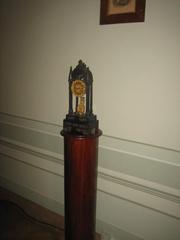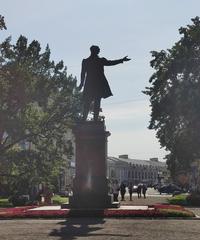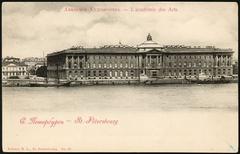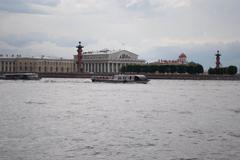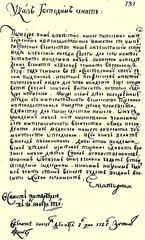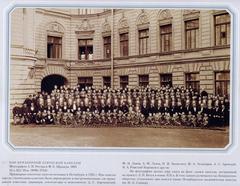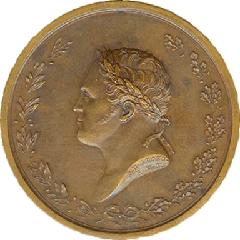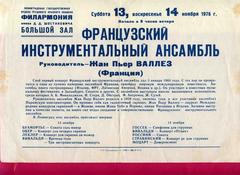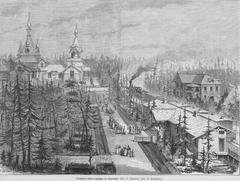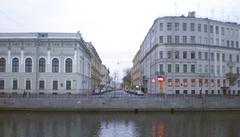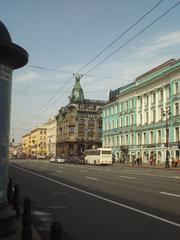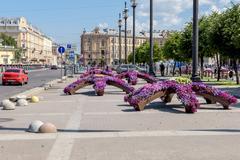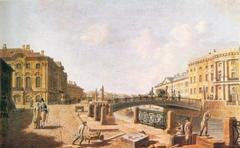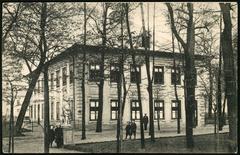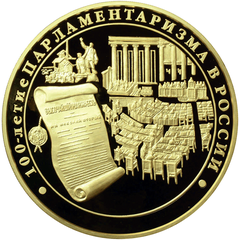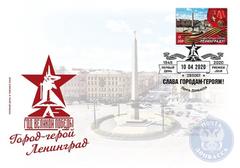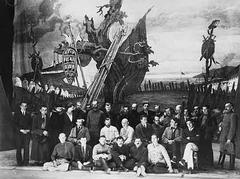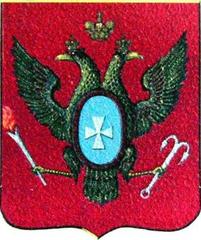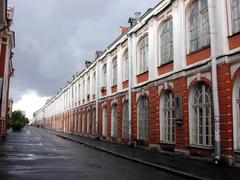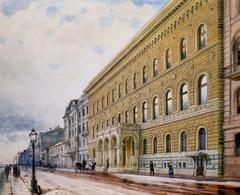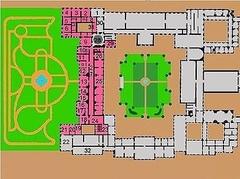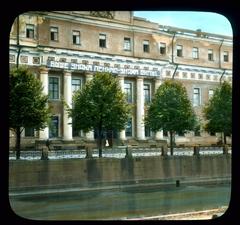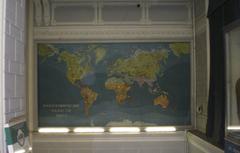Visiting Зелёный мост in Saint Petersburg: Your Complete Guide
Publication Date: 23/07/2024
Introduction to Зелёный мост
Saint Petersburg’s Зелёный мост, also known as the Green Bridge, stands as a testament to the city’s historical evolution and architectural ingenuity. Initially constructed in the early 18th century, the Green Bridge has undergone numerous transformations, reflecting the broader shifts in engineering, urban development, and cultural trends over the centuries. The bridge’s strategic location over the Moyka River has made it a vital part of the city’s infrastructure, connecting key districts and facilitating commerce and daily life. From its wooden beginnings under the reign of Peter the Great to its cast-iron reconstruction in the early 19th century, the Green Bridge symbolizes Saint Petersburg’s resilience and adaptability (Discover the Rich History and Significance of Saint Petersburg’s Green Bridge).
Central to Saint Petersburg’s historical narrative, the Green Bridge has witnessed significant events, including the Siege of Leningrad during World War II. Its architectural features, such as the cast-iron railings and the once-functional drawbridge mechanism, offer a glimpse into the city’s rich heritage and technological advancements. The Green Bridge is not only a functional structure but also a cultural landmark, often featured in literature, art, and film. It serves as a picturesque spot for both tourists and locals, providing stunning views of the Moyka River and the surrounding historical buildings (Exploring the Green Bridge (Зелёный мост) in Saint Petersburg).
This comprehensive guide aims to provide visitors with essential information for experiencing the Green Bridge, including its history, significance, visiting tips, and nearby attractions. Whether you are a history enthusiast, architecture aficionado, or casual traveler, the Green Bridge offers a unique window into Saint Petersburg’s past and present. Join us in exploring this iconic landmark and uncovering the stories it holds.
Contents Overview
- Discover the Rich History and Significance of Saint Petersburg’s Green Bridge
- Sources and Further Reading
Discover the Rich History and Significance of Saint Petersburg’s Green Bridge - Visitor Information, Tickets, and More
Early Beginnings
Зелёный мост, or the Green Bridge, is one of the oldest bridges in Saint Petersburg, Russia. Its history dates back to the early 18th century when it was initially constructed as a wooden bridge. The bridge was part of the city’s original infrastructure plan, designed to facilitate movement across the Moyka River, which was a crucial waterway for the burgeoning city. The first iteration of the bridge was completed in 1716, under the reign of Peter the Great, who was instrumental in the city’s founding and development.
18th Century Developments
The wooden structure of the Green Bridge was replaced by a more durable stone bridge in 1768. This transformation was part of a broader initiative to modernize Saint Petersburg’s infrastructure. The new stone bridge was designed by the prominent architect Yury Felten, who was known for his contributions to the city’s architectural landscape. The stone bridge featured a single span and was adorned with decorative elements that reflected the Baroque style prevalent at the time.
19th Century Modifications
In the 19th century, the Green Bridge underwent significant modifications to accommodate the increasing traffic and the advent of new transportation technologies. In 1806, the bridge was reconstructed to include cast-iron elements, making it one of the first cast-iron bridges in Russia. This reconstruction was overseen by the engineer William Heste, who incorporated innovative engineering techniques to enhance the bridge’s durability and load-bearing capacity.
The bridge was further modified in 1842 to include a drawbridge mechanism, allowing for the passage of larger vessels along the Moyka River. This modification was crucial for maintaining the river’s role as a vital transportation route within the city. The drawbridge mechanism was a technological marvel of its time, reflecting the city’s commitment to integrating modern engineering solutions into its infrastructure.
20th Century Transformations
The 20th century brought about further changes to the Green Bridge, driven by the need to modernize the city’s infrastructure in response to rapid urbanization and industrialization. In 1907, the bridge was widened to accommodate the increasing volume of vehicular traffic. This widening project was part of a broader initiative to improve the city’s road network and facilitate the movement of goods and people.
During World War II, the Green Bridge, like many other structures in Saint Petersburg, suffered damage due to the Siege of Leningrad. However, it was promptly repaired after the war, reflecting the city’s resilience and determination to restore its historical landmarks.
Recent Renovations
In the 21st century, the Green Bridge has undergone several renovation projects to preserve its historical significance while ensuring its functionality for modern use. The most recent renovation was completed in 2019, which included structural reinforcements and the restoration of its decorative elements. This renovation project was part of a broader initiative to preserve Saint Petersburg’s historical bridges, many of which are integral to the city’s cultural heritage.
Visiting the Green Bridge
Planning a visit to the Green Bridge in Saint Petersburg? Here’s what you need to know:
- Visiting Hours: The bridge is accessible 24/7.
- Tickets: No ticket is required to visit the bridge.
- Best Time to Visit: Early morning or late afternoon for the best lighting and fewer crowds.
Special Events and Guided Tours
- Guided Tours: Several guided tours include the Green Bridge as part of their itinerary, offering insightful commentary on its history and significance.
- Photographic Spots: The bridge offers picturesque views of the Moyka River and the surrounding historical buildings, making it a perfect spot for photography enthusiasts.
Nearby Attractions
- The Hermitage Museum: Just a short walk from the Green Bridge, this museum is one of the largest and most prestigious art museums in the world.
- Saint Isaac’s Cathedral: Another nearby historical site worth visiting, known for its stunning architecture and panoramic views of the city.
Cultural Significance
The Green Bridge holds a special place in the cultural and historical landscape of Saint Petersburg. It has been featured in numerous works of literature, art, and film, symbolizing the city’s rich history and architectural beauty. The bridge is also a popular spot for tourists and locals alike, offering picturesque views of the Moyka River and the surrounding historical buildings.
Architectural Features
The Green Bridge is renowned for its distinctive architectural features, which reflect the various historical periods it has witnessed. The bridge’s cast-iron railings are adorned with intricate patterns and motifs, showcasing the craftsmanship of the 19th-century artisans. The drawbridge mechanism, although no longer in use, remains a testament to the engineering ingenuity of the time.
Preservation Efforts
Preserving the Green Bridge is a priority for the city of Saint Petersburg, given its historical and cultural significance. The bridge is regularly inspected and maintained to ensure its structural integrity and aesthetic appeal. Preservation efforts are guided by principles of historical accuracy and respect for the bridge’s original design, ensuring that it remains a cherished landmark for future generations.
FAQ
Q: Is the Green Bridge accessible for wheelchairs? A: Yes, the Green Bridge is accessible for wheelchairs.
Q: Are there guided tours available? A: Yes, several guided tours include the Green Bridge as part of their itinerary.
Q: What are the best times for photography at Green Bridge? A: Early morning and late afternoon provide the best lighting for photography. The bridge is also beautifully illuminated at night.
Q: Is there any public transport available to Green Bridge? A: Yes, the nearest metro station is Admiralteyskaya, and several bus and trolleybus routes pass nearby.
Conclusion
In conclusion, the Green Bridge (Зелёный мост) in Saint Petersburg is more than just a crossing over the Moyka River; it is a symbol of the city’s rich historical tapestry, architectural innovation, and cultural resilience. Visitors to the Green Bridge can immerse themselves in its storied past, appreciate its architectural beauty, and enjoy its picturesque surroundings. The bridge’s accessibility and central location make it an ideal starting point for exploring Saint Petersburg’s other historical and cultural landmarks, such as the Hermitage Museum, Saint Isaac’s Cathedral, and Nevsky Prospekt. Whether you are capturing the perfect photograph, joining a guided tour, or simply taking a leisurely stroll, the Green Bridge offers a unique and enriching experience (Ultimate Guide to Visiting Зелёный мост (Green Bridge), Saint Petersburg).
